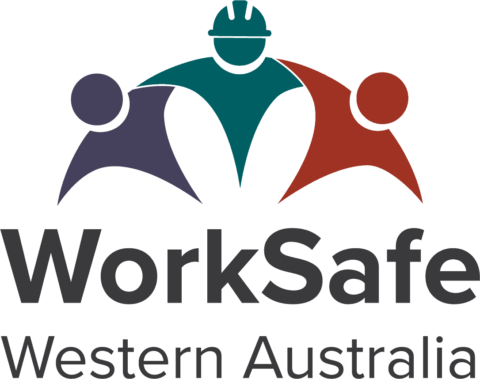The Work Health and Safety Act 2020 has now been in place in WA workplaces for just over twelve months.
Before the new laws were introduced, I released a Statement of Regulatory Intent covering the approach WorkSafe would take for the first twelve months. It was always recognised that some workplaces would need time to adapt to the new regime, so WorkSafe adopted a supportive and educative approach with low-risk contraventions. Actions or omissions that resulted in serious risks or harm were still met with enforcement action.

We received many comments about the Statement, and a revised version with identification of high-risk industries will be released shortly. Transitional arrangements have been in place for some specific situations, and some of these transitional arrangements have been extended and will remain in place for a longer period to allow industry further time to transition.
The growing number of workers diagnosed with diseases caused by silica exposure, particularly the incurable and deadly silicosis, is one of the most worrying recent developments in Australian work safety and health. The eastern states have seen a rapid growth in cases, mainly affecting workers in the engineered stone industry.
The Ministers from across the country endorsed a national approach to prevent workplace exposure to silica, eliminating silica-related diseases and assisting workers already impacted by these diseases.
The Ministers agreed to collaborate with all levels of government, industry and unions to implement three reforms. Firstly, to increase awareness of silica-related disease and deliver behaviour change initiatives in partnership with unions and persons conducting a business or undertaking (PCBUs). PCBUs and workers who may be exposed to silica must understand the risks involved and how to minimise those risks.
Secondly, to implement stronger regulation for high-risk silica processes across all industries and all materials. This will include additional training and new codes of practice for at-risk industries. There will be a requirement to conduct air monitoring, and report to the regulator if the exposure standard is exceeded.
Thirdly, to conduct and analyse public consultation on prohibiting the use of engineered stone in the work health and safety laws. Safe Work Australia will finalise a report within six months that considers silica content levels and a national licensing system for products that are not banned. This report will consider the potential impacts of prohibiting products on affected PCBUs and workers.
Ministers across the country are taking the issue of silica very seriously, and have agreed to meet as soon as practicable after the delivery of Safe Work Australia’s report.
I recently received the report on the independent Inquiry into the agricultural industry in Western Australia that I instigated last year. I’ve indicated my support for the majority of the recommendations, however two will need further consultation if they are to be progressed by the State Government.
I feel that the Inquiry very successfully captured the context of the industry at the time it was called, and we now have the basis of a strategy for improving safety standards in this important industry. I’ll be working collaboratively with industry stakeholders, worker representatives and peak bodies to further drive work health and safety improvements in the sector.
Finally, I’d like to remind industry about their reporting obligations. WA’s workplace health and safety laws require specific injuries and incidents to be notified to WorkSafe as soon as practicable, and failure to do so is a breach of the law. Over recent years, I’ve seen improved reporting from the mining sector, but general industry requires much improvement in its reporting of incidents.
Darren Kavanagh
WorkSafe Commissioner

